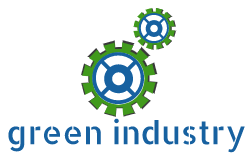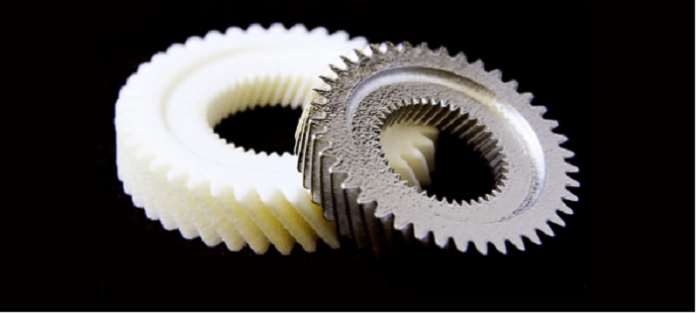Rapid prototyping refers to the creation of prototypes quickly with the aim of evaluating a product while it’s still in the design part. There are different types of rapid prototyping that are used to evaluate and analyze the product at different stages before actual production.
Types Of Rapid Prototype Techniques Used In Product Design
The type of technique that you choose is very important in determining the success of the prototype. All the different techniques have their upsides and downsides in terms of speed, cost, material compatibility, and developmental stages. This means that you are not limited to a single technique. You can choose more than one type of technique depending on what you feel works better for you throughout the process.
Here is a list of the different types of rapid prototyping techniques:
- Additive manufacturing
- CNC machining prototyping
- Selective laser sintering
- Direct metal laser sintering
- Fused deposition modeling
- Stereolithography
- Investment casting
- Vacuum casting
- Binder jetting
- Poly jetting
When it comes to prototypes, these can be classified into two: according to the level of precision that is expected and where the product development stage is used. These classes are as follows:

Fidelity prototypes
These prototypes do not have to look like the final product. The degree of fidelity depends on what the designer is looking to achieve in the final product and varies between high and lo-fidelity.
- Low-fidelity. The prototype is simple and is produced fast, usually to test broad concepts.
- High-fidelity. The prototype is very similar both in appearance and function as the final product
NPD stage prototypes
Prototyping is involved in all the product development stages where designers review and refine the design until it becomes exactly as they want it. They use the prototype to:
- Show proof of concept prototypes
- Demonstrate their functionality
- Present model prototypes
- Build alpha and beta prototypes
- Produce the final product/sample
How Important Is Rapid Prototyping
Rapid prototyping helps manufacturers to create new products and test them before introducing them into the market. The product development process is quite fast so manufacturers can produce a prototype within a short time, have it tested, get feedback from users, improve the product design, and produce a much improved final product.
All these steps are very important in product development as users are able to participate in the prototyping process by giving feedback.
Quick product development speeds up the manufacturing process and helps manufacturers to create successful products in shorter times. During the early stage and final stage design verification, concepts are tested to finalize the development process.

Advantages and Disadvantages of Rapid Prototyping
Like most manufacturing processes, rapid prototyping has its own advantages and disadvantages. Let us have a look at each one of them separately.
Advantages
- Little time between product design and development
- The overall cost for product development is much lower
- Elimination or reduction of overall risks
- Makes it possible for functionality tests to be done
- Better user involvement in the product development process
- The ability for evaluation of human factors and ergonomics
Disadvantages
- Accuracy and precision aren’t as pronounced
- Initial setup costs are high
- The processes require highly skilled expertise
- The materials that may be used are somehow limited
- The properties of the final products are not comparable to those of the actual product which remain unmatched
- Some of the rapid prototyping processes are quite pricey and are, therefore, not economically feasible
- There is a lot of end-user confusion as the concept is still relatively new and they do no understand the main objectives for the projects.







